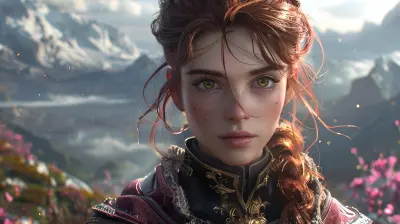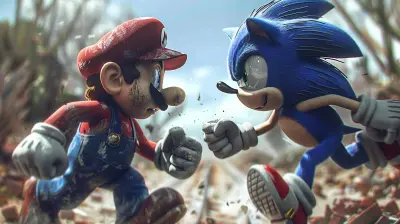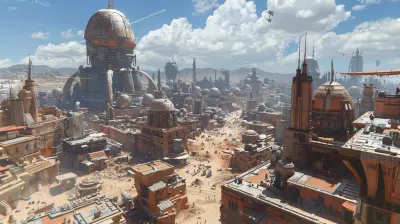Tying Player Progression to World Changes in Open-Ended Games
20 October 2025
Open-ended games offer us limitless potential—worlds that breathe, evolve, and often leave room for us to shape them. But let’s be real: sometimes, they feel a little... static. You grind, you level up, your stats soar—meanwhile, the world just sits there, unchanged by your epic rise to god-tier status.
That’s a missed opportunity.
In this post, we're gonna dive deep into the how and why of tying player progression directly to changes in the game world. Not only does it give your grind some meaningful payoff, but it also deepens immersion and can even reshape how players interact with everything around them.
So grab your health potion and let’s get into it.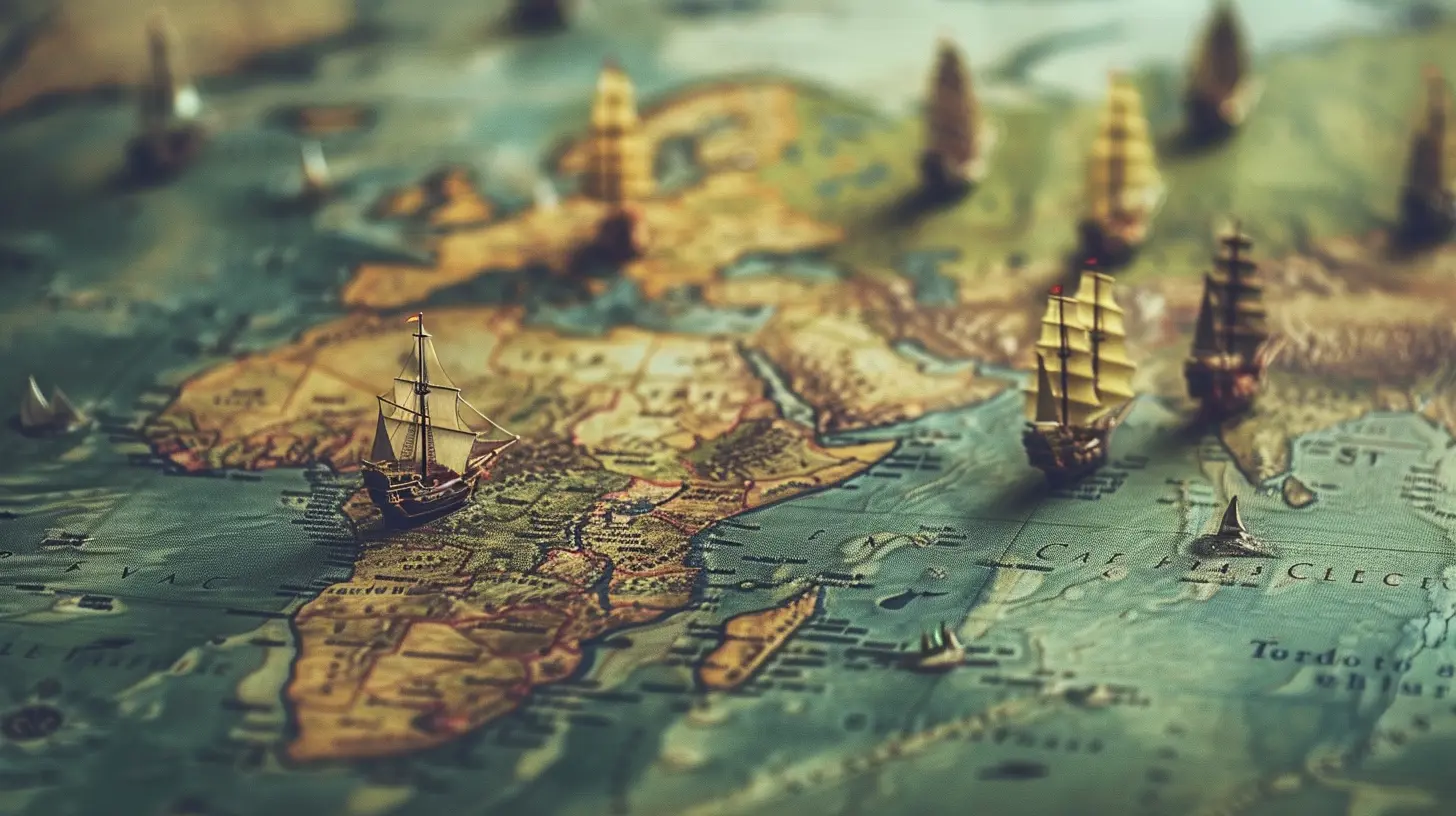
What Is Player Progression in Open-Ended Games?
Let’s start with the basics. Player progression usually refers to how your character grows over time—leveling up, unlocking new abilities, acquiring better gear, and so on. It’s the classic “rags to riches” curve we all know and love.Now, in open-ended games—think sandbox RPGs, survival sims, or massive MMOs—this progression isn’t always linear. You might dabble in combat, crafting, exploration, or diplomacy depending on what floats your boat.
But here's the catch: in many of these games, your personal progress doesn’t really impact the world around you in any meaningful way. That’s where things get dull, real quick.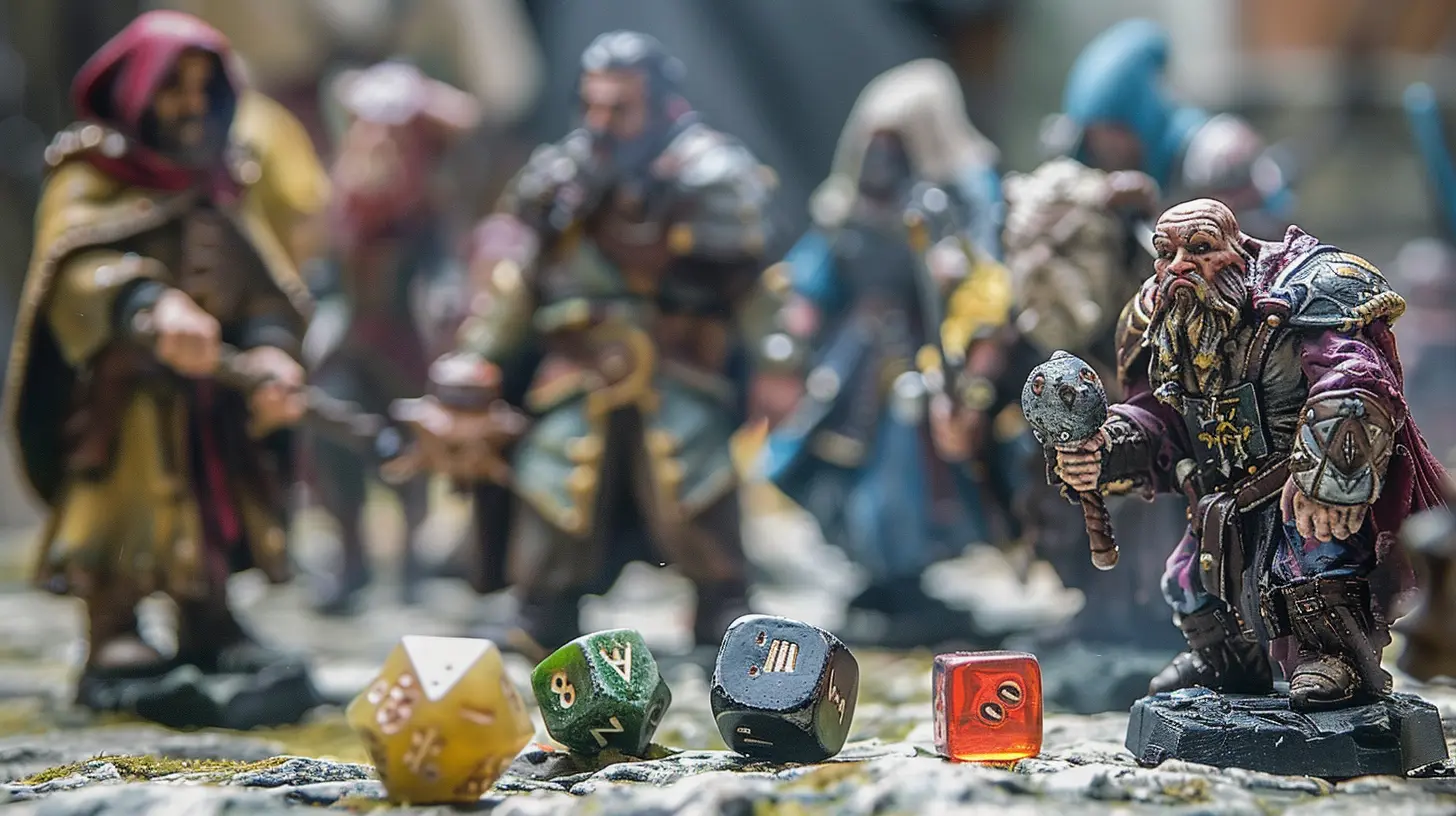
Why World Changes Matter
Ever played a game where you slay the big bad and... the villagers still complain about monsters in the forest like you didn't just save their bacon? Yeah, not great.When the world doesn’t acknowledge your power or choices, it breaks immersion. You feel like a powerful ghost—visible to no one, affecting nothing.
On the flip side, when your actions trigger visible, lasting changes in the world, it feels awesome. It’s a feedback loop: you do something, the world changes, and that change inspires you to do more. It creates a living, reactive environment that feels authentic.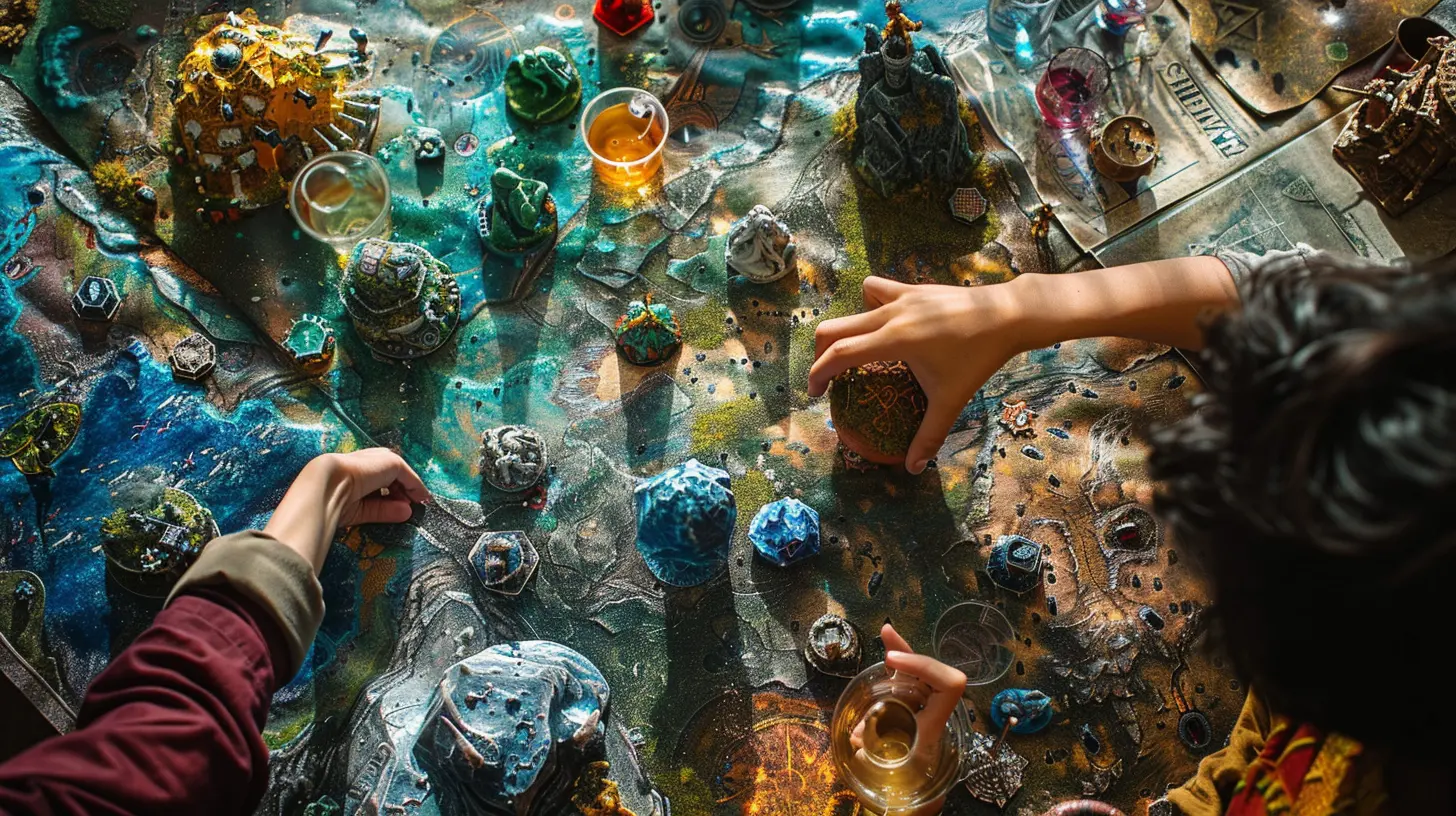
Let’s Talk About the Benefits
Tying player progression to world changes isn’t just a cool idea for storytelling—it actually enhances gameplay. Here’s how:1. Immersion Goes Through the Roof
When NPCs react to your achievements or towns change based on your actions, it draws you deeper into the game. You’re not just passing through—you’re shaping history.2. Consequence Builds Emotional Investment
When the world changes based on your decisions, every choice carries weight. You're no longer just playing for loot; you're playing for transformation.3. Dynamic World = Replay Value
A flexible, changing world encourages experimentation. What if you didn’t side with the rebels? What if you destroyed that faction instead of helping them? A world that reacts keeps bringing players back.4. Storytelling Becomes Personal
It’s not just the game's story anymore. It’s your story. The world becomes a reflection of your journey, and that makes it so much more memorable.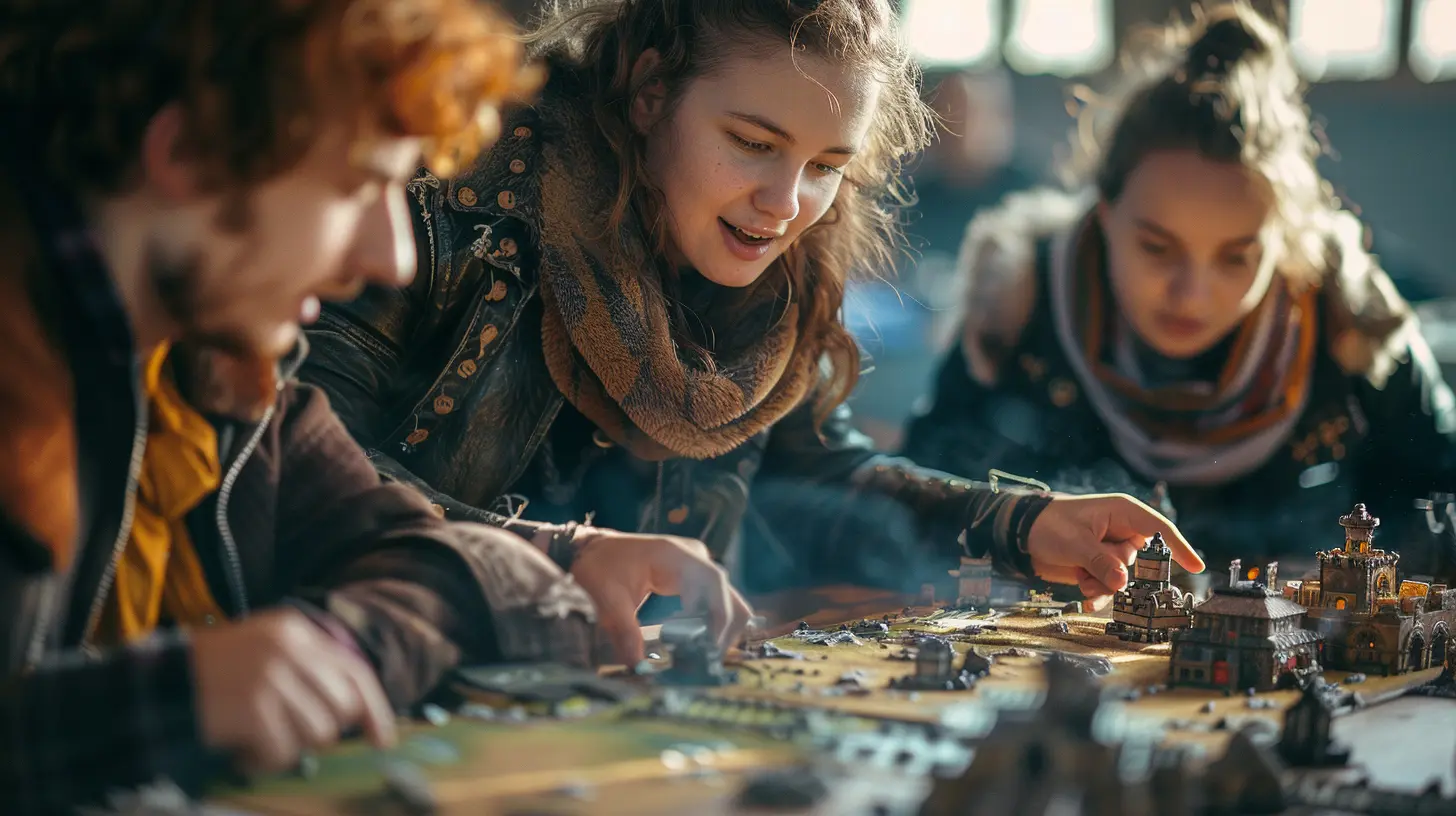
Great Examples Already Doing It Right
Time for a few shoutouts. These games have nailed the art of tying progression to world shifts:The Witcher 3
Choices you make—whether political, romantic, or moral—shape the world state. Side with one faction over another, and cities burn or cities prosper.Skyrim (Mods Help Here)
While vanilla Skyrim has limited world changes, mod communities have expanded the idea. Want to rebuild a city? Influence the economy? Mods bring this dream closer to reality.Subnautica
You start with nothing in an alien ocean. Your base grows, your tools improve, and the world reacts. Creatures become more aggressive. The story unfolds based on your steps.Fable Series
From your looks to the very state of your hometown, Fable makes sure your growth doesn’t go unnoticed. Villages flourish or fall depending on your alignment and actions.How to Implement Progression-Based World Changes
Okay, so if you’re a game dev or just dreaming of designing your own open-ended world, how do you pull this off?Step 1: Establish Clear World States
Players need to see the “before” so the “after” hits harder. If a town’s under siege, show the smoke and ruin. If you save it, show the rebuild. Track changes visibly.Step 2: Tie Changes to Milestones
Don’t change the world for every little decision—that gets chaotic. Instead, use meaningful milestones like:- Character level-ups
- Major quest completions
- Faction allegiance changes
- Skill-tree unlocks
Each of these is a perfect moment to trigger a new world state.
Step 3: Give Feedback Fast
Players need immediate payoff. Clear dialogues, visual changes, and music shifts help make the world feel alive. Imagine a snowy mountain village warming up when you restore its power plant—light fills the streets, fires crackle, kids laugh again. That’s powerful.Step 4: Create Persistent Effects
Don't reset progress. If I cause a town to fall into ruin, it should stay ruined unless I do something to fix it. These persistent effects remind players that choices really matter.Challenges You Gotta Overcome
Let’s be honest—it’s not all sunshine and dynamic landscapes. Tying progression to world changes adds complexity. Here are a few hiccups developers run into:1. Increased Development Time
World changes require extra art assets, dialogue, voice lines, and testing. It’s more work. Period.2. Branching Content Hell
The more paths you add, the more exponentially complex things become. What if a player skips a quest or chooses a weird route? Gotta plan for that.3. Balancing Freedom with Impact
You want a world that changes, but you also don’t want to lock players out of too much content. Striking that balance is an art form.4. Technical Limitations
On big, open maps, making changes persistent without breaking the game takes some smart engineering. No one wants their 100-hour save to crash because a town’s state glitched out.Dynamic World Changes Beyond Visuals
World changes don’t always have to be dramatic town shifts or explosions. Sometimes subtlety hits harder. Here are a few other ways to show progression:- NPC Dialogue Changes: People start recognizing your name or deferring to you.
- Economic Shifts: Prices drop in towns you've helped, or rare items appear in shops.
- Enemy Behavior: Creatures that once fled now hunt you. Factions watch your moves.
- Environmental Changes: Pollution clears up after a factory shutdown mission.
- Music and Ambience: The world literally sounds different based on your actions.
Should Every Game Do This?
Not necessarily. Some games thrive on being systems-driven or player-focused over story and world. Think Minecraft—it doesn't need a reactive world because the sandbox is the world.But if your game features a narrative, factions, or a living world, tying progression to change can elevate it from “fun” to “legendary.”
So it depends on the experience you’re aiming for. But if your goal is immersion and player investment, this tactic is pure gold.
Final Thoughts: The Power of Being Seen
At the heart of it all, tying player progression to world changes is about making the player feel seen. You want players to feel like their time mattered. That they weren’t just passengers in a pre-written plot, but co-authors of the world’s story.Games are amazing at letting us live out fantasies—of power, of agency, of making a difference. So why not double down on that? Let the world reflect the player’s journey. Show them that their growth carries weight.
Because when you level up and the world changes with you, you don’t just feel powerful—you feel connected. And that’s where the magic really happens.
all images in this post were generated using AI tools
Category:
World BuildingAuthor:

Greyson McVeigh
Discussion
rate this article
1 comments
Grant Snyder
Great insights on player agency and immersion!
November 9, 2025 at 5:13 AM

Greyson McVeigh
Thank you! I'm glad you found the insights valuable. Player agency is crucial for a truly immersive experience!
